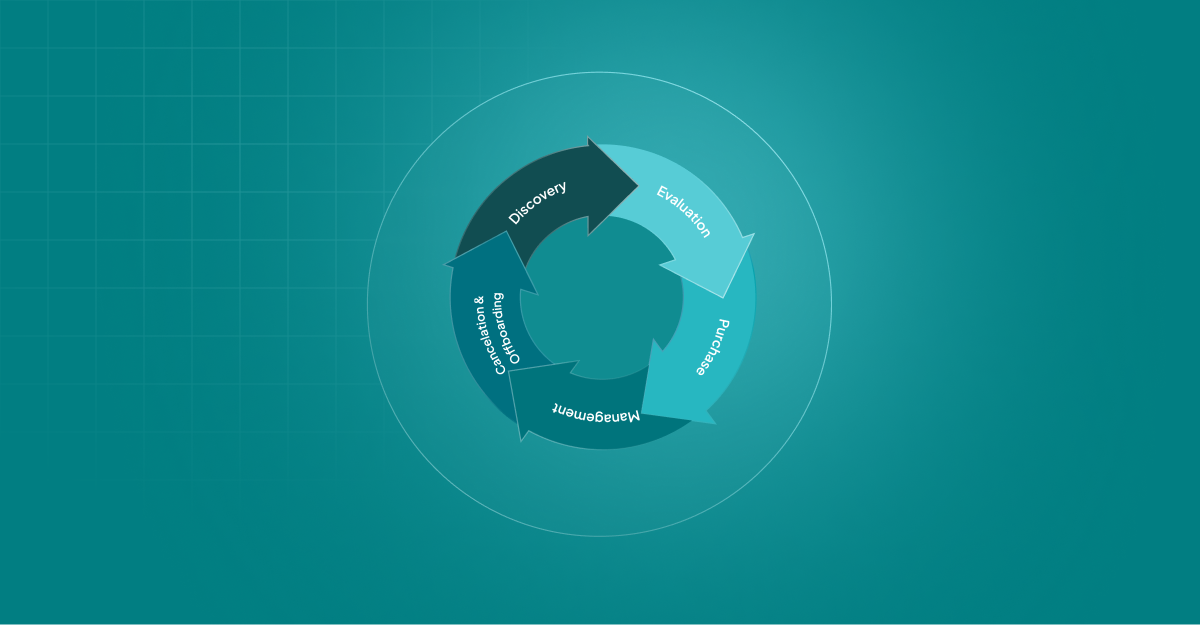The emergence of SaaS has been a response to the demand for immediacy in businesses. Company employees no longer want to wait for the long lead times for central procurement and IT teams to purchase on-premise software. Employees want to have access to software that will help them deliver their work in the fastest and most effective way as and when they need it.
Purchasing SaaS is quick, learning how to use SaaS is easy and the cost is a fraction of the alternative. Therefore, employees just do it, they buy SaaS with or without IT involvement.
The benefits that adopting SaaS brings for companies, teams and employees do come at a cost for the business in the form of inefficiencies such as duplication of tools across teams as there is no visibility on what others use; scattered and ill-controlled admin rights of key infrastructure; payment of unused services which are no longer needed; not having visibility over who has access to what tools which results in difficulties controlling if someone continues having access to your data way after they have left the company, this is especially relevant as the number of contractors keeps increasing (40% of the workforce in the US will consist of contractors by 2020, according to a study made by Intuit) ; lack of clarity of which SaaS is being used to get things done makes it even more challenging to optimise processes.
SaaS benefits are still greater than the cost of those inefficiencies but as companies grow inefficiencies grow with them. Currently we are wasting $64 million a day on unused SaaS.
Giving companies the ability to manage SaaS and potentially cancel those subscriptions that would otherwise fall under the radar of the company, can be seen by SaaS companies as a threat to their strategy of making you forget about them. But I think that there is actually a benefit for SaaS companies as well.
Some companies have been reluctant to adopt SaaS because they are afraid that it will spiral out of control and become unmanageable. Giving companies SaaS management tools would help those companies switch to the cloud.
Maybe SaaS companies would experience more churn as companies would have visibility over which subscriptions to cancel as soon as they are not needed but equally there may also be an improvement of conversion rates as companies would feel more in control of their SaaS spending.
It is known that in many companies, a meaningful percentage of revenue is made from dormant users. If all those users had an easy way to cancel their unused subscriptions, SaaS companies would be incentivised to improve their product to turn it from dormant to active rather than from dormant to cancelled.



















